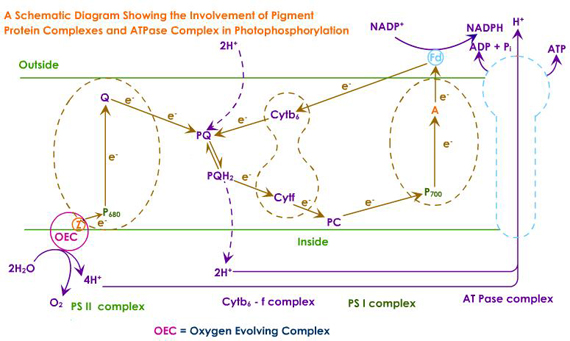It was the time of representation of things using something else, in short a metaphor which is used to represent things. Numbers has so many forms and Hexadecimal Number is one in that line of representation of numbers. Hexadecimal Number System is usually the numbers from 0 – 9 and A, B, C, D, E, F which represents 10, 11, 12, 13, 14, 15 respectively. The hexadecimal numbers are the numbers with a base 16. The base or the subscript to avoid confusion, similarly we will be using the subscript 10 to denote the decimal number. An example for hexadecimal number is 125AB16. The numbers or values corresponding to each hexadecimal number in terms of decimal, binary or octal in a chart like representation are the Hexadecimal Number Chart. This chart will help us in easily identifying the value of the number in decimal form which every single can understand, it can be named as a compiled chart.
Now let us try to answer the question of How to convert Hexadecimal to Decimal. To do the same we have to follow the steps below which will give the solution: First of all the place value of decimal numbers should be mastered, unit place value is considered as 0, tens place value is considered as 1 and so on. Then hexadecimal should be written with equal space. Then number starting from the left should be multiplied by 16 raised to the power of the place value it is assigned. Finally all the numbers should be added according to their place value.
Let us consider a problem which will give a better grab, Convert the hexadecimal number B432 into decimal number. B = 11*16^3 = +45056, 4 = 4*16^2 = +1024, 3 = 3*16^1 = +48, 2 = 2*16^0 = + 2. The answer is 4613010
Thus the above problem has helped us in understanding the way to convert hexadecimal to decimal. The Hexadecimal Numbering System is not easy for a layman to read or understand the way it, the conversion is to enable every single. The next concept will be Adding Hexadecimal Numbers, to make this concept clear let us consider the following example: ABC + 12A = BE6
The above addition cannot be done when the number which results to more than 16, in that case the number should be subtracted from 16 and a one should be carried over to the next adding digits to be added and goes on.
